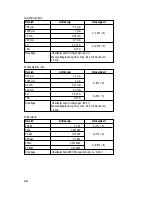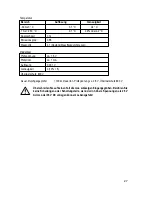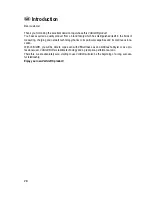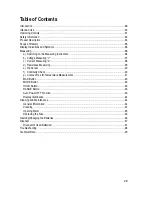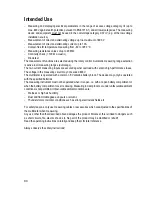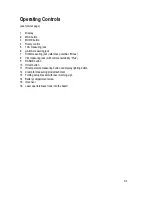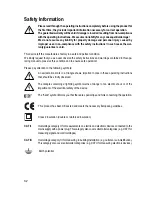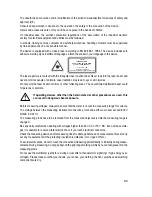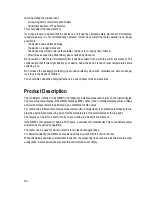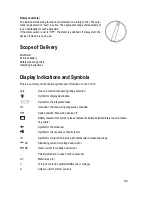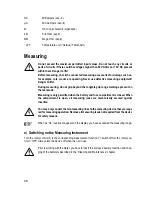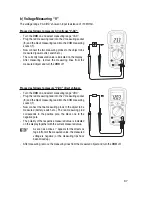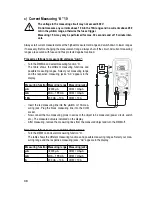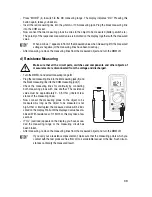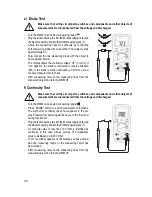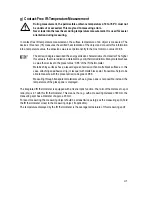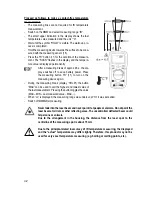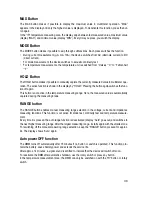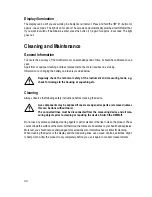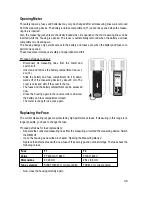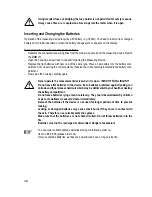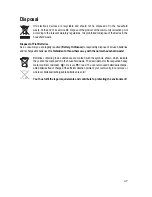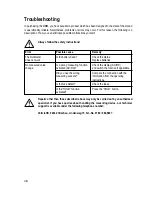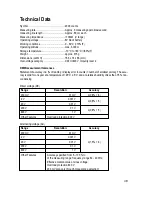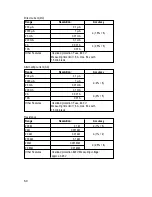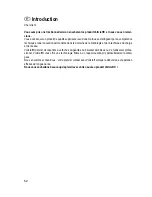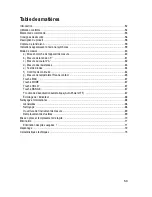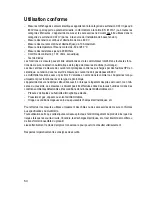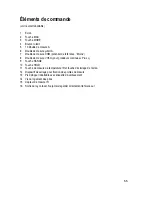
40
e) Diode Test
Make sure that all the circuit parts, switches and components and other objects of
measurement are disconnected from the voltage and discharged.
-
Turn the DMM on and select measuring range
.
-
Plug the red measuring line into the Ω measuring jack (8) and
the black measuring line into the COM measuring jack (7) .
-
Check the measuring lines for continuity by connecting
both measuring prods with one another. The value must be
approximately 0 V.
-
Now connect the two measuring prods with the object to
be measured (diode).
-
The display shows the continuity voltage “UF” in volt (V). If
“OL” appears, the diode is measured in reverse direction
(UR) or the diode is faulty (interruption). Perform a coun-
ter-pole measurement to check.
-
After measuring, remove the measuring lines from the
measured object and turn the DMM off.
f) Continuity Test
Make sure that all the circuit parts, switches and components and other objects of
measurement are disconnected from the voltage and discharged.
-
Turn the DMM on and select measuring range
.
-
Press “MODE” button to switch measurement functions.
The symbol for continuity check now appears in the dis-
play. Pressing this button again takes you to the first mea-
suring function etc.
-
Plug the red measuring line into the Ω measuring jack (8) and
the black measuring line into the COM measuring jack (7) .
-
A continuity value of less than 100 Ohm is identified as
continuity; in this case a beep sounds. The impedance
value is displayed up to 200 Ohm.
-
If “OL” (overload) appears on the display, you have excee-
ded the measuring range or the measuring circuit has
been broken.
-
After measuring, remove the measuring lines from the
measured object and turn the DMM off.

